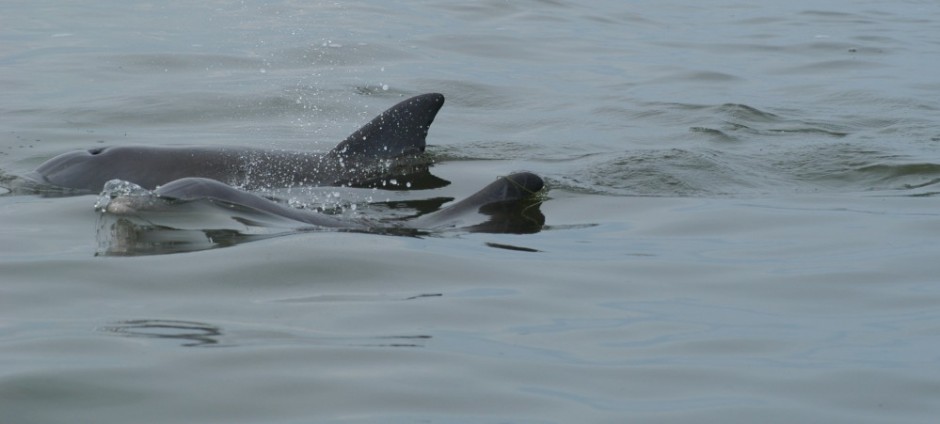Studies Investigating the Reproduction, Energetics, and Nutrition of the Sirenia
Manatees and dugongs (Order: Sirenia), while often referred to as “marine mammals”, have no evolutionary relationship with any of the other marine mammal groups (Orders: Cetacea and Carnivora). The four extant sirenian species are the only megaherbivores that are completely aquatic and are found in fresh and salt-water habitats of subtropical and tropical West Africa, Central and South America, Florida, the Caribbean, Australia, and the Indian Ocean basin. There is currently little known about the physiological ecology of any of these endangered species and this limitation is potentially limiting recovery plans.
The Physiological Ecology and Bioenergetics Laboratory has a specific on-going commitment to address questions pertaining to the endangered West Indian manatee. Through the SIRENS program (Studies Investigating the Reproduction, Energetics and Nutrition of the Sirenia) we have begun to document basal metabolic rate and how it changes with maturation and growth, to assess seasonal changes in thyroid hormone production, to monitor changes in the seasonal limits of the thermoneutral zone (TNZ), the relationship between body mass and TNZ, and to measure the composition and insulative quality of the blubber layer. We have completed studies on whether manatees can drink seawater and assessed their capabilities for living in both fresh and salt water and the implications of them moving from one environment to the other. We have assessed the relationship between assimilation efficiency and food composition and are using the stable isotopes of carbon and nitrogen to examine current and historical trophic interactions of wild manatees and their relative dependence on fresh and salt water habitats. We have also started to examine their specific nutritional requirements, cost of reproduction, cost of lactation, calf metabolism and growth, and milk composition and to attempt to better understand what physical criteria manatees use to select acceptable warm water refugia.
We still have much to learn about the physiological ecology these endangered animals. To this end, PEBL has on-going research interests in various facets of sirenian physiology with the goal of better understanding how they cope with their natural environment. Current projects include examining manatee use of warm-water refugia and analyzing manatee habitat utilization. We are also initiating collaborative projects with the University of Queensland in Australia to apply some of our methodologies to the study of dugongs.

